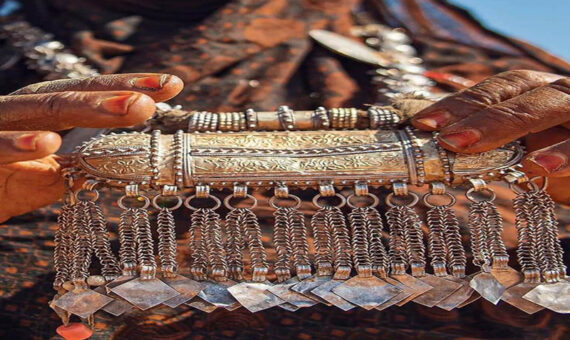Introduction:
Women’s bags have come a long way from their humble beginnings as simple pouches. The evolution of women’s bag designs reflects broader societal changes, merging style and functionality to meet the diverse needs of modern women. Let’s take a closer look at this fascinating journey.
From Practicality to Fashion Statement
In the early 20th century, bags primarily served a practical purpose, allowing women to carry essentials. However, as fashion began to influence daily life, bags transformed into powerful fashion statements. Designers like Coco Chanel and Hermès popularized iconic styles such as the Chanel 2.55 and the Birkin bag, emphasizing that a bag could be both functional and a symbol of status.
The Rise of Versatile Designs
Fast forward to the 21st century, and the need for versatility is at the forefront of women’s bag design. Modern lifestyles demand bags that can transition seamlessly from work to play. Enter the crossbody and tote bags—practical yet stylish options that cater to the multi-faceted lives women lead today. Brands now prioritize functionality with features like detachable straps, multiple compartments, and durable materials, ensuring bags serve their purpose while looking chic.
Sustainable and Tech-Integrated Innovations
Today, the evolution of women’s bags is also about sustainability. Many brands are embracing eco-friendly materials and ethical production practices. Furthermore, tech integration is becoming increasingly popular, with bags featuring built-in chargers and smart compartments designed to accommodate modern gadgets.
Conclusion: A Perfect Balance
The evolution of women’s bag designs showcases a remarkable blend of style and functionality. As we look ahead, these accessories will continue to adapt, reflecting the changing needs and values of women everywhere. The perfect bag is no longer just about aesthetics—it’s about empowering women to express their individuality while meeting the demands of everyday life.














